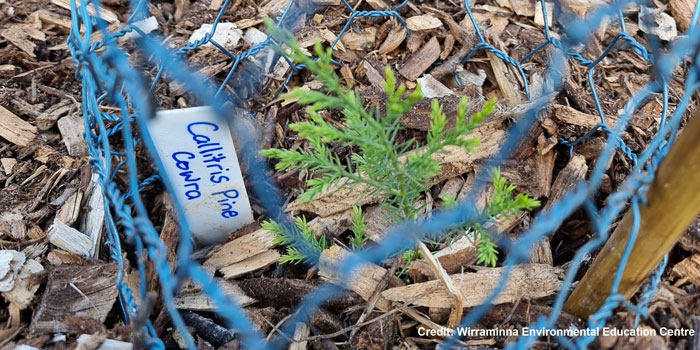About this case study
Heat and drought
Communities, land and water managers
Education
What will Wirraminna’s woodlands and wetlands look like in 2050 and beyond?
When we tell people that our climate will be more like Forbes or West Wyalong – and then we show them the types of plants suited to that climate – they can take positive action to adapt.
Paula Sheehan, Local Landcare Coordinator, Albury and Hume regions
The Wirraminna Environmental Education Centre lies about 32 kilometres northwest of Albury in the small town of Burrumbuttock. Established in 1995 from four hectares of old stock reserve and a public watering place, Wirraminna is a much-loved meeting place for people around the district, an education centre for thousands of school children each year, and a model for other Landcare groups looking to restore native vegetation and wetlands.
But as Wirraminna’s climate changes, its vegetation must adapt too. According to AdaptNSW’s forecasts for the Murray Murrumbidgee, days in the Burrumbuttock region will be up to 2.5°C hotter in 2079 than they are today and there will be fewer night-time frosts. Rainfall will increase in summer and autumn, but will decrease in spring.
" Burrumbuttock’s community has been observing the changing climate and its impact on the biodiversity of Wirraminna for more than a decade now", says Paula Sheehan, Local Landcare Coordinator. Rainfall patterns are shifting, and this impacts flowering, fruiting and seasonal migration times.
With the help of a grant from the NSW Government, Landcare selected a trial site for drought tolerant species that would drive discussion among the community, build adaptive capacity and strengthen climate knowledge and leadership.
Armed with the climate forecasts, Landcare’s dedicated team of volunteers – led by Sue Rose and Judy Frankenberg – set to work, researching the plants that would be best suited to the region’s climate in 2050.
“This project would have been impossible without Sue and Judy, who, with their deep knowledge, horticultural skills and passion for nature, are foundation members of our Landcare group. They invested hundreds of hours of research,” Paula explains.
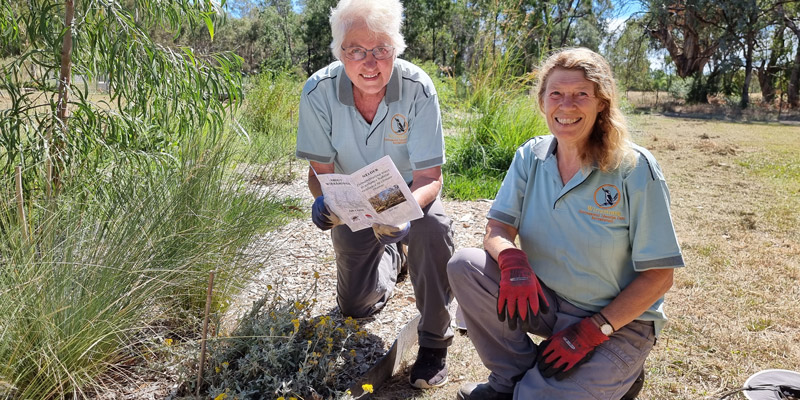
The plants that would thrive in the Wirraminna of 2050, the researchers discovered, were hardier and more resilient, like saltbushes and native grasses. Overstorey species – like Murray Pine and Callitris – were also tougher and wouldn’t require the nutrient levels of forests with higher rainfall and deeper soils.
The volunteers drew a “long list” of options, but many were native species that are rarely stocked by nurseries. Skilled seed hunters are also rare, and fewer people possess the knowhow with each passing season.
But nursery owners – from Bundaburrah to Broken Hill – were enthusiastic and many went “above and beyond” to source the right species for the project from the right regions. “During Covid shutdowns we had plants sent to us on a convoy and others came from South Australia in the mail,” Paula says. Thanks to strong networks, hard work and serendipity, the plant wish-list was mostly filled and five garden beds planted in 2021.
An ambitious community project on this scale draws on the time and talents of many people, “from those who love the hands-on digging to those who enjoy constructing garden beds and rabbit-proof fences to those who donated resources,” explains Wirraminna Environmental Education Centre’s Manager, Stacee Bell.
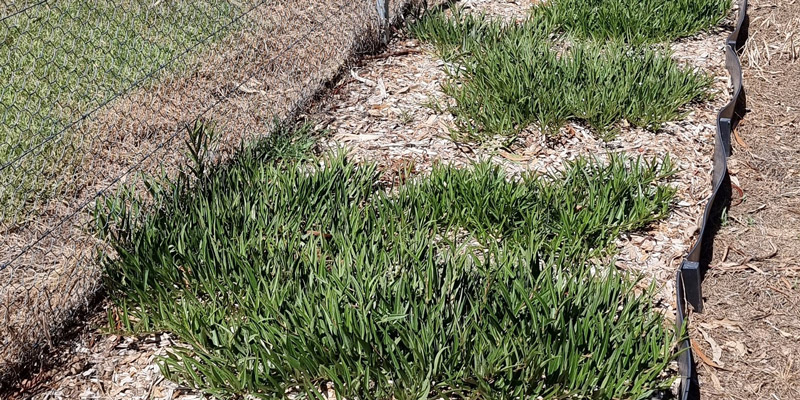
“People learn best when they can see something for themselves.” Wirraminna now has a demonstration garden where people can learn about climate adaptation and the best species to plant to support future biodiversity.
People in our community can visit Wirraminna to see, touch and feel the plants, to gain inspiration and information, and to learn how to adapt their environment, whether it’s a small-scale garden or a large farm.
Stacee Bell, Centre Manager, Wirraminna Environmental Education Centre
This project was funded by an Increasing Resilience to Climate Change grant from the NSW Government.
Case studies

NSW councils are building climate risk into their business-as-usual planning and policies for the first time, thanks to products developed using NARCliM’s locally relevant climate modelled data.
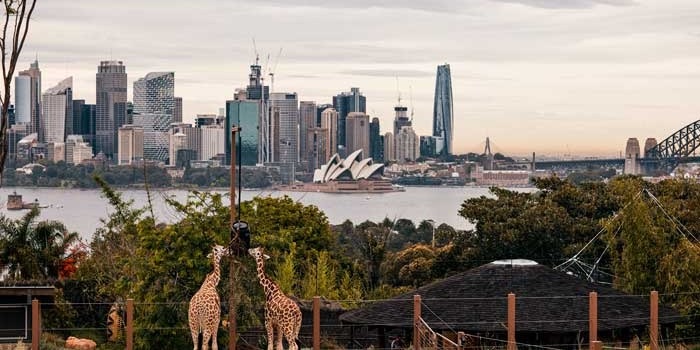
Ensuring there’s enough water in the moat may not be a common challenge for those preparing for changing climate conditions.
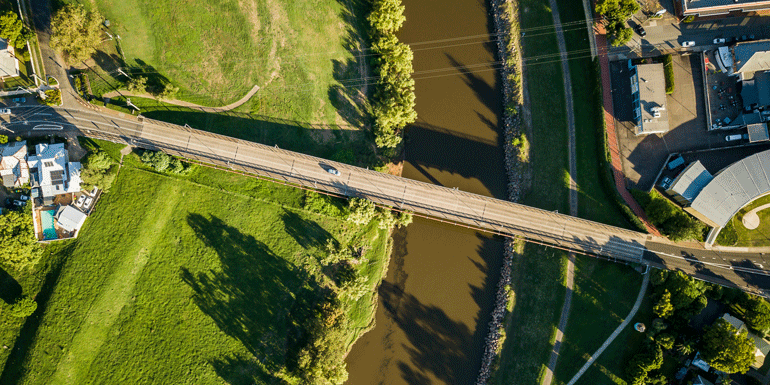
Climate change creates a significant risk to infrastructure, people, and the economy. The impacts from climate change, including damaging weather events, has already cost the state an estimated $3.6 billion per year.
